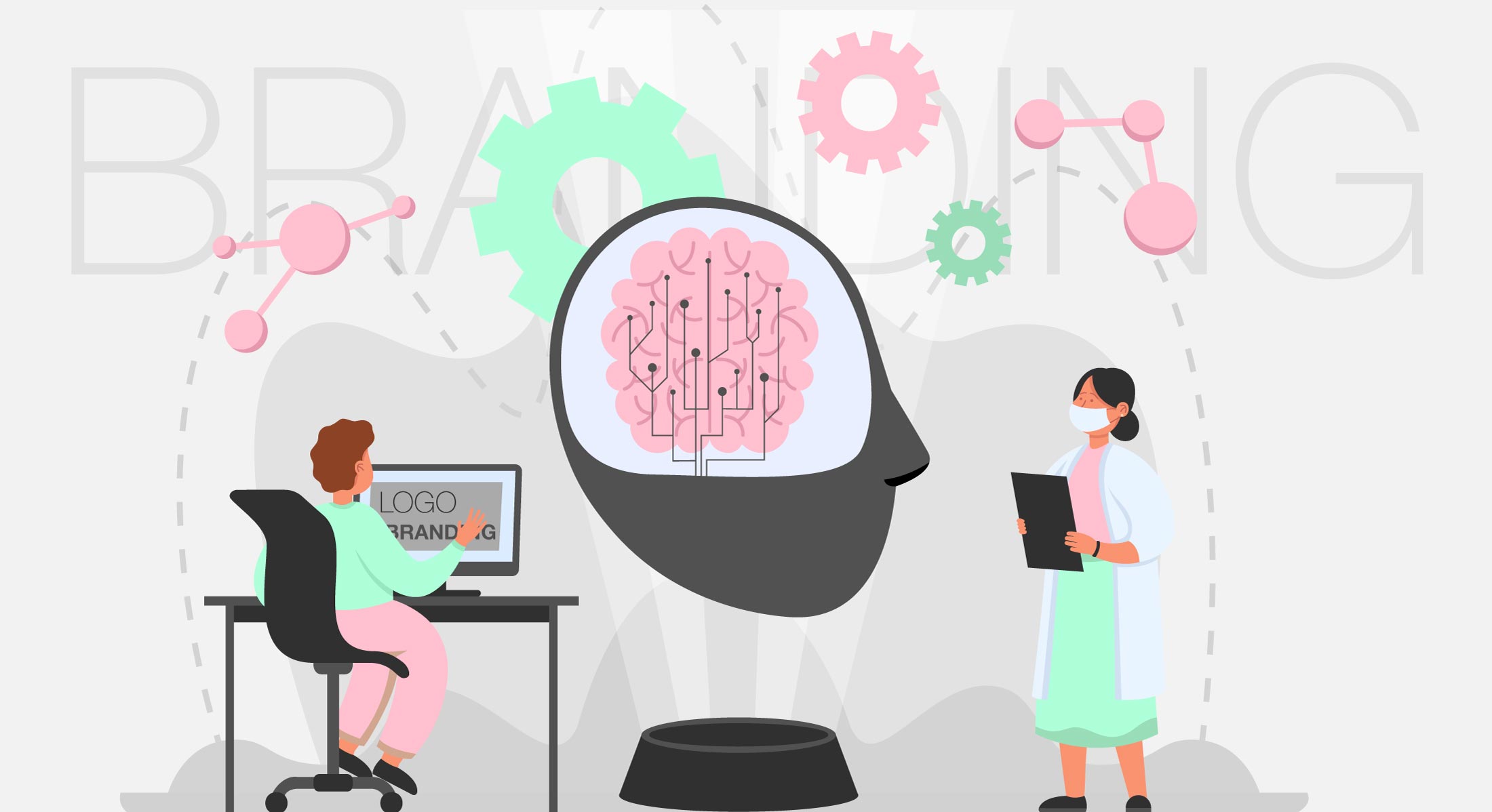
Utilizing the Neuroscience of Branding to Your Advantage
When it comes to branding, there are two types of business owners: those who actively engage in the branding process and those who do not. Those who actively participate are doing the right thing, but if they make changes to the original concepts without considering the experts' opinions, they risk damaging their own brand. On the other hand, those who leave the branding process to the experts are also making the right choice, but if they do so assuming that branding holds no importance in their business, it is a misconception.
Branding can significantly enhance the value of a business. Take Coca-Cola, for example; it's essentially soda water, but their branding efforts have created a global image. Many of us use iPhones, which are technically flawed and no longer innovative since Steve Jobs passed away. Yet, Apple remains one of the most valuable companies globally. We willingly pay a premium for iPhones not just for the product, but for the Apple brand, showcasing the value of strong branding in our brand-conscious world.
Even in brick-and-mortar domains like real estate, branding can add substantial value. While it might be unlikely for a real estate project to quadruple its value solely through branding, a 10% increase is feasible. For instance, if we estimate the future valuation of a significant real estate project to be one billion dollars, the right branding could add an extra hundred million to that valuation. With developers investing less than a million in branding activities, the potential ROI could be 100x or 200x. Consequently, branding, especially for large-scale projects, proves to be a lucrative endeavor for real estate developers.
Fortunately, brands aren't created by chance; there's a scientific method behind successful branding. Branding is more about the science of influencing people's brains than just knowledge of design tools. Understanding the evolution of the human brain over 200 thousand years reveals common fundamental instincts, such as the instinct for survival. When our brain encounters something unusual or different, it decodes it to determine if it's a threat or an opportunity. Therefore seeing a different design evokes similar stimuli and the brain spends some extra time decoding that design, which does all the trick for branding. Creating this uniqueness in design, be it a logo, packaging, or advertisement, is crucial to capturing people's attention and making the brand memorable. However, the design must strike a balance between intrigue and simplicity. Overly simplistic designs lack the uniqueness necessary to attract the human brain, just as public information often fails to captivate as much as secret information does. Branding should create curiosity, making people want to know more.
In school, I learned a poem by Bahinabai Chaudhary. A Marathi poem that reads as
मन वढाय वढाय
उभ्या पीकातलं ढोर
किती हाकला हाकला
फिरी येतं पिकांवर
(man vadhaay vadhaay, ubhyaa pikaatala dhora, kiti haakala haakala, phiri yeta pikaavara.)
While teaching this poem, our Marathi teacher asked us not to look at the wall behind until the period was over. Typically, no one paid attention to the wall, but because he instructed us not to do so, students began slyly peeking at the wall. In the end, he explained the meaning of the poem by relating it to our behavior. The poem highlighted how humans are naturally drawn to curiosity and intrigue. Much like this situation, effective branding captures people's interest and curiosity, making them want to know more. Brands utilize these principles to create fascination and leave a lasting impression on the audience's mind.
Nature too has cleverly employed these tactics for millions of years. Take the case of flowers; some humans might see them as offerings to please a higher power, a political figure, or a romantic interest. However, nature's true purpose behind flowers is to promote pollination. Their vibrant colors and enticing fragrances attract specific insects and birds, ensuring the continuation of life on Earth. Nature's ingenious design, much like an impactful visual identity or logo, captures attention, ensuring the essential elements stick in people's minds, just like pollen grains on a bee's body. Thereby bringing the brand to life and promoting its growth. What's even more fascinating is that trees and plants produce flowers with particular colors, shapes, and fragrances designed to attract specific insects and birds. Moreover, this natural design takes into account whether they want to attract these pollinators during the day or night. It's a remarkable level of strategic planning to engage the target audience effectively. Similarly, in the realm of branding, we must prioritize the target audience. It's never about the personal preferences of the branding agency or the client; it always revolves around the target audience, the ultimate end-users of the product.
What we do in branding is called 'visual communication design'. Visual communication is more powerful than written or verbal communication. Because, human brains have evolved to recognize shapes and colors for over 200 thousand years, while the history of language and script is relatively recent. We've all encountered situations where we remember a person's face but struggle to recall their name. Among several reasons behind this, an important factor is that our brain is more capable of visual communication. Logos and designs, when executed correctly, tap into the temporal lobe of the human brain responsible for face recognition. This ensures that the brand is remembered, and the message is conveyed in a memorable way.




